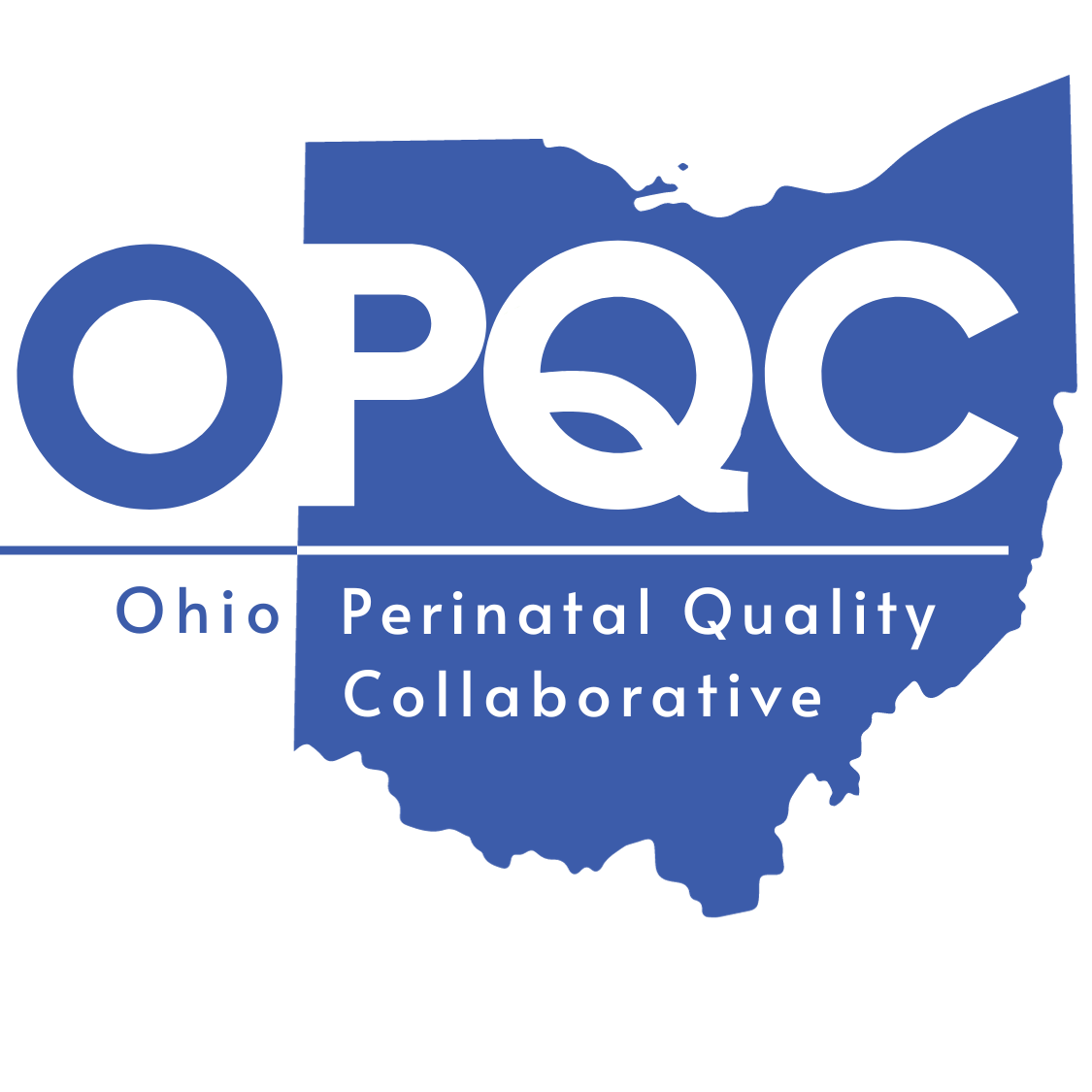
MATERNAL OPIATE MEDICAL
SUPPORTS PLUS (MOMS+)
PROJECT
The goal of MOMS Plus was to improve care and outcomes for the mother-infant dyad by supporting maternity care providers in the care of pregnant women with OUD, working closely with those who provide medication assisted treatment (MAT) and behavioral health (BH) therapy in addition to various support organizations. OPQC recognized that the need for MAT, BH, and social services for OUD, a chronic disease, is not going to end at the time of delivery. A reliable plan for coordination of care and continued support for the mother-infant dyad is needed in the postpartum period.
Between 2004 and 2011, the diagnosis of opioid abuse or dependence grew 491 percent among delivering mothers in Ohio. One result of maternal OUD is neonatal abstinence syndrome (NAS), which is a drug withdrawal syndrome that may occur in opioid-exposed newborns shortly after birth. The OUD and NAS epidemics are steadily increasing, overwhelming social service systems and public payers.
In 2015, it was reported that one baby suffering the effects of NAS is born in the United States every 25 minutes.
Ohio tested models of care for pregnant women with OUD in a project known as Maternal Opiate Medical Supports (MOMS) led by the Ohio Department of Mental Health and Addiction Services (ODHMAS). OPQC successfully implemented an NAS care bundle in 52 Level II and III NICUs across the state. OPQC is building on both of these previous efforts to test and spread a “Mentor-Partner” model to improve care and outcomes for pregnant women with OUD and their infants in the MOMS Plus initiative. OPQC is working in collaboration with the ODHMAS, the Ohio Department of Medicaid (ODM), and the Ohio Department of Health (ODH) efforts to optimize the maternity medical home and improve outcomes for pregnant women with OUD and their infants.
General Resources
Provider Resources
Patient Resources
The OPQC MOMS+ Project was funded by the Medicaid Technical Assistance and Policy Program (MEDTAPP) and administered by the Ohio Colleges of Medicine Government Resource Center. The views expressed on this website are solely those of the authors and do not represent the views of state or federal Medicaid programs.

